- Introduction to Gourmet Adventures
- Defining Fine Dining
- History of Fine Dining
- The Art of Gourmet Food Preparation
- Exploring Different Cuisines
- Famous Fine Dining Restaurants Around the World
- Experiencing a Fine Dining Meal: What to Expect
- The Role of Wine in Fine Dining
- Etiquette in Fine Dining
- Interviews with Renowned Chefs
- How to Start Your Own Gourmet Adventures
- Conclusion: The Joy of Fine Dining
Introduction to Gourmet Adventures
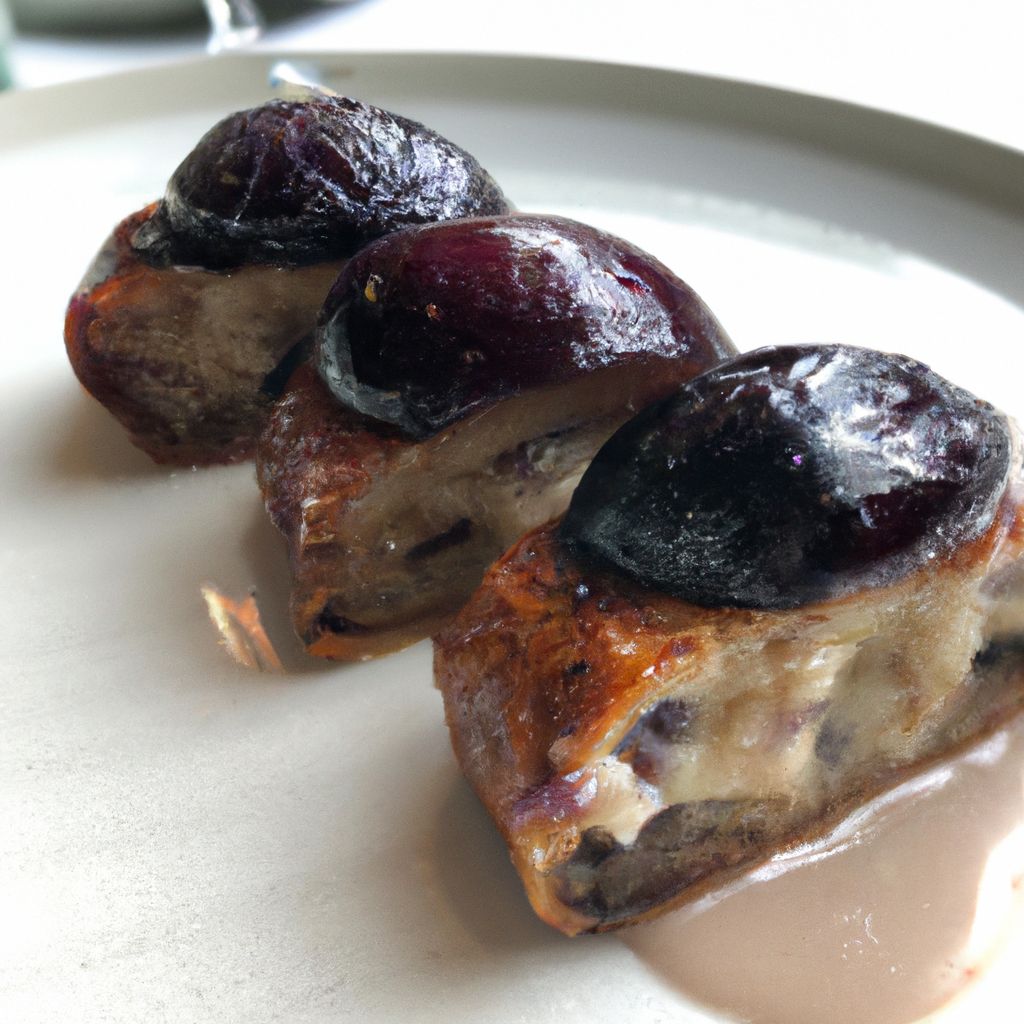
Gourmet Adventures are not just about indulging in decadent food; they are a journey of sensory exploration, where every bite tells a story of culture, heritage, and culinary innovation. As we embark on this gastronomic journey, we will immerse ourselves in the world of fine dining - a realm that goes beyond the simple act of eating, transforming it into a form of art.
We will traverse the globe, from the bustling streets of Bangkok to the chic bistros of Paris, sampling exquisite cuisine that defines and redefines the boundaries of taste. Along the way, we will meet master chefs who, with their skill and passion, create culinary masterpieces that tantalize the senses and ignite the imagination.
So, put on your adventurous hat, prepare your palate, and join us as we delve into the world of Gourmet Adventures - where dining is an experience, and every meal, a memory.
Defining Fine Dining
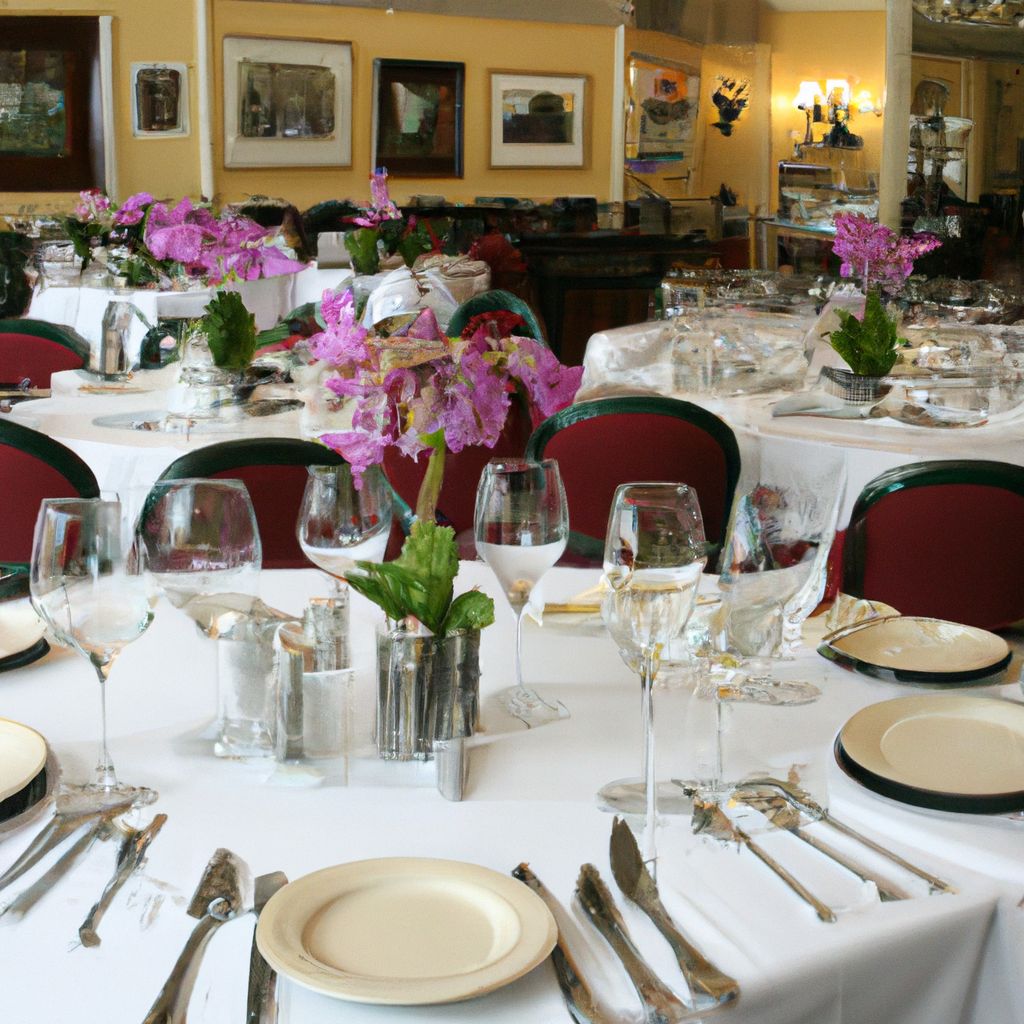
Fine dining, as the term suggests, is much more than just having a meal. It's an elaborate culinary experience that's meticulously designed and executed to deliver an unparalleled dining adventure. It's about exploring exotic flavors, indulging in exquisite cuisines, and enjoying unparalleled service in an elegant setting.
At the heart of fine dining is the concept of 'gourmet', a term that refers to high-quality, specialized, and often luxurious food and drink. A gourmet dining experience is characterized by carefully sourced ingredients, precise cooking techniques, innovative and artistic presentation, and a high level of professional service.
From the moment you step into a fine dining restaurant, every detail is taken into consideration to create a unique ambiance that complements the culinary journey. The interior design, seating arrangement, lighting, music, table setting, and even the cutlery are all carefully curated to enhance your dining experience.
One of the defining features of fine dining is the menu. It is generally small, focusing on quality rather than quantity, with each dish showcasing the chef's skills and creativity. The dishes in fine dining are usually a blend of visual art and culinary science, where each ingredient is not just a part of the meal but an essential component of the overall story that the dish tells.
In conclusion, fine dining is a gastronomic adventure that tantalizes all your senses, offering a unique blend of culinary excellence, sophisticated ambiance, and impeccable service. It's an experience that goes beyond food, immersing you in a world of culinary craftsmanship and artistic expression.
History of Fine Dining
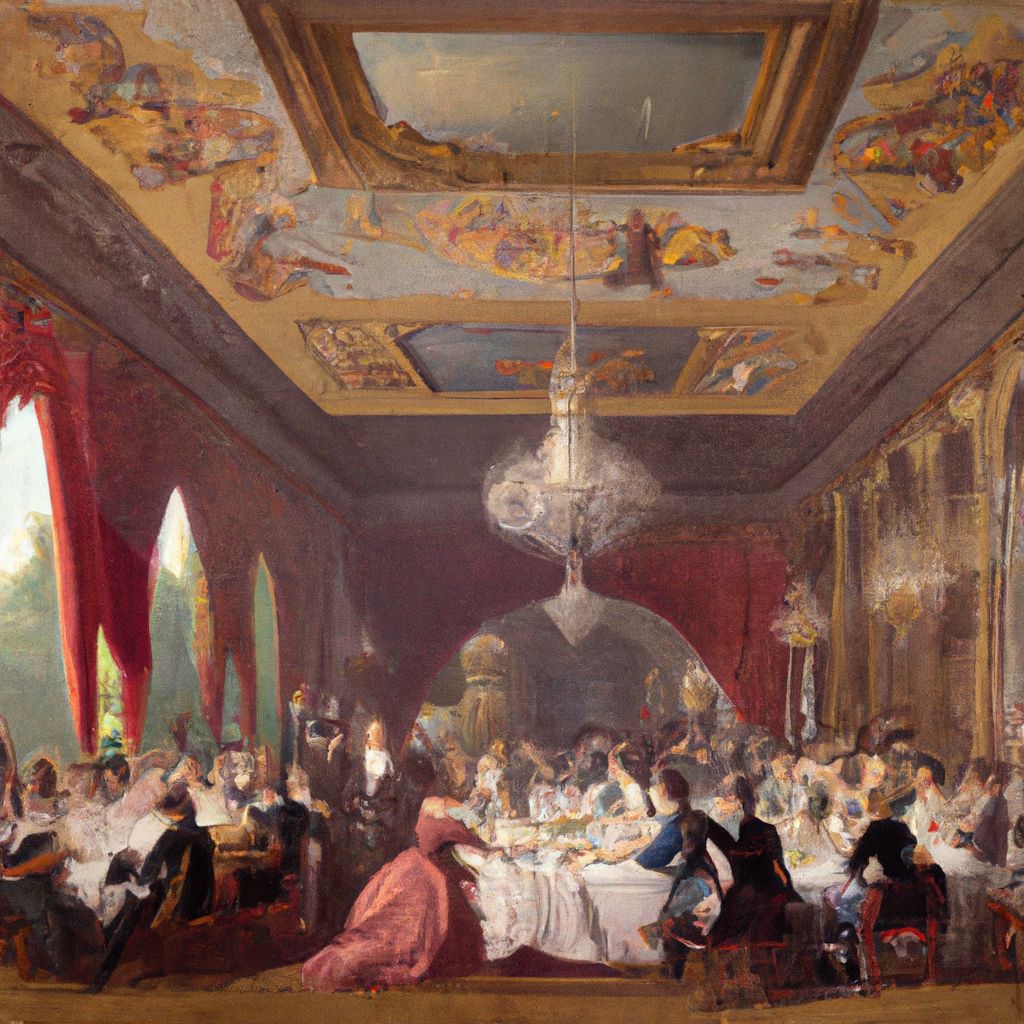
The tradition of fine dining dates back to ancient civilizations. The Greeks and Romans held elaborate feasts with exotic ingredients and lavish displays, setting a precedent for the emphasis on presentation and quality in what we now regard as fine dining.
In the Middle Ages, the nobility continued the tradition of grand feasting, often holding extravagant banquets with multiple courses. However, the concept of fine dining as we know it today, with its focus on individual plates, detailed presentation, and high-quality ingredients, originated in France in the 18th century. This was the era of the famous chef François Vatel, who was known for his elaborate banquets and his attention to detail.
By the mid-19th century, the first restaurants began to appear, offering sophisticated meals to the public. The French restaurant La Tour d'Argent, established in 1582, is often considered one of the first fine dining establishments. It set the standard for what a restaurant could be, with its exceptional service, exquisite food, and elegant atmosphere.
In the 20th century, fine dining continued to evolve. Chefs started to focus more on innovation and creativity, leading to the rise of nouvelle cuisine. This movement emphasized fresh, high-quality ingredients, and artistic presentation, moving away from the heavy sauces and complex preparation methods of classic French cuisine.
Today, the world of fine dining is diverse and constantly changing, with chefs from around the world continually pushing the boundaries of what is possible in the culinary arts. Yet, the key principles of quality, creativity, and attention to detail remain central to the fine dining experience.
The Art of Gourmet Food Preparation
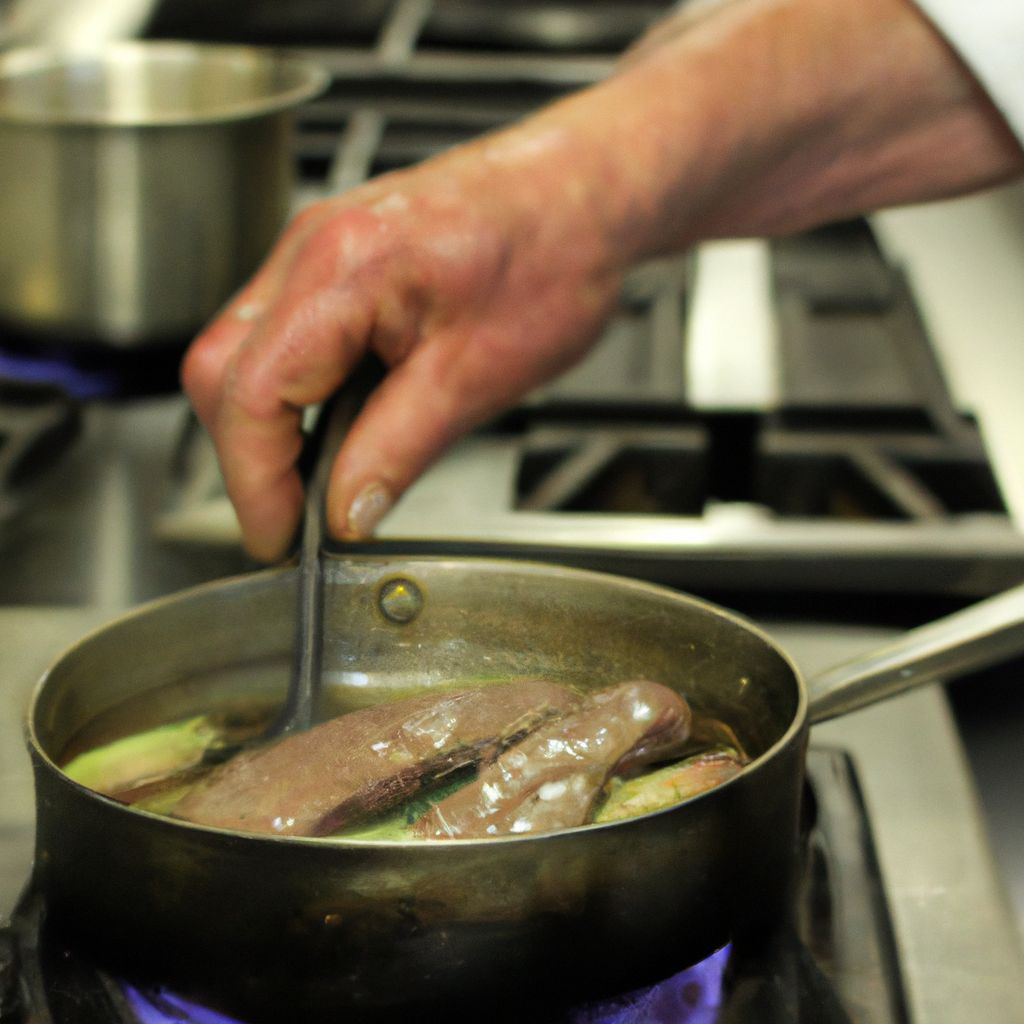
The art of gourmet food preparation is an intricate dance of flavor, presentation, and creativity. It's an expression of love and dedication, often showcasing the chef's skills and passion for culinary artistry.
At its core, gourmet food preparation is all about quality ingredients. Chefs meticulously select the freshest, highest-quality ingredients, often locally sourced to ensure maximum flavor. Each item is chosen with a specific purpose, either to enhance the dish's main ingredient or to add a new, exciting flavor dimension.
Another critical aspect is the technique. Gourmet chefs possess a wide range of cooking techniques, some of which have been honed over many years. From perfecting the sous-vide method to mastering the art of plating, every step is executed with precision and attention to detail.
"In gourmet cooking, even the simplest dish requires a level of skill and understanding of food chemistry. It's about knowing how ingredients interact with each other and how different cooking methods can enhance their flavor."
However, the real magic lies in the creativity and innovation that chefs bring to the table. Gourmet cuisine is often about pushing boundaries, experimenting with new flavor combinations, and creating visually stunning dishes that delight the senses before the first bite is even taken.
Lastly, it's essential to mention the role of presentation in gourmet food. After all, we eat with our eyes first. Chefs use their artistic skills to arrange food on the plate in a way that enhances the beauty of the dish, often turning it into a work of art. This attention to detail extends to the dining environment as well, ensuring a holistic experience that delights all senses.
Exploring the world of gourmet food preparation is a thrilling culinary adventure. It opens up a new universe of flavors, textures, and experiences, inviting us to appreciate food in a whole new way.
Exploring Different Cuisines

The exploration of different cuisines is an adventure on its own. Each cuisine around the world offers a unique blend of flavours, ingredients, and cooking techniques that reflect the culture, history, and geography of its origin. Here are a few cuisines that stand out in the world of fine dining:
- French Cuisine: Known for its rich flavours and sophisticated techniques, French cuisine is often associated with gourmet food. Dishes like Coq au Vin, Bouillabaisse, and Ratatouille offer a delectable taste of France's gastronomic excellence.
- Italian Cuisine: Italian cuisine goes beyond pizzas and pastas. It is all about simplicity and fresh ingredients. From a hearty Osso Buco to a delicate Tiramisu, Italian cuisine has a wide variety to offer.
- Japanese Cuisine: Japanese cuisine is renowned for its fresh, quality ingredients and meticulous preparation. Sushi, Sashimi, and Kaiseki are just a few examples of the elegance and subtlety of Japanese culinary art.
- Spanish Cuisine: Spanish cuisine is a feast for the senses. Tapas, Paella, and Gazpacho showcase the diverse flavours and ingredients used in Spanish cooking.
- Indian Cuisine: Indian cuisine is a symphony of spices. The exquisite flavours of dishes like Biryani, Samosa, and Butter Chicken represent the rich culinary heritage of India.
Exploring different cuisines is not just about tasting different foods, it's also about understanding the cultures they come from. So, embark on this gourmet adventure and who knows, you might discover a new favourite dish!
Famous Fine Dining Restaurants Around the World
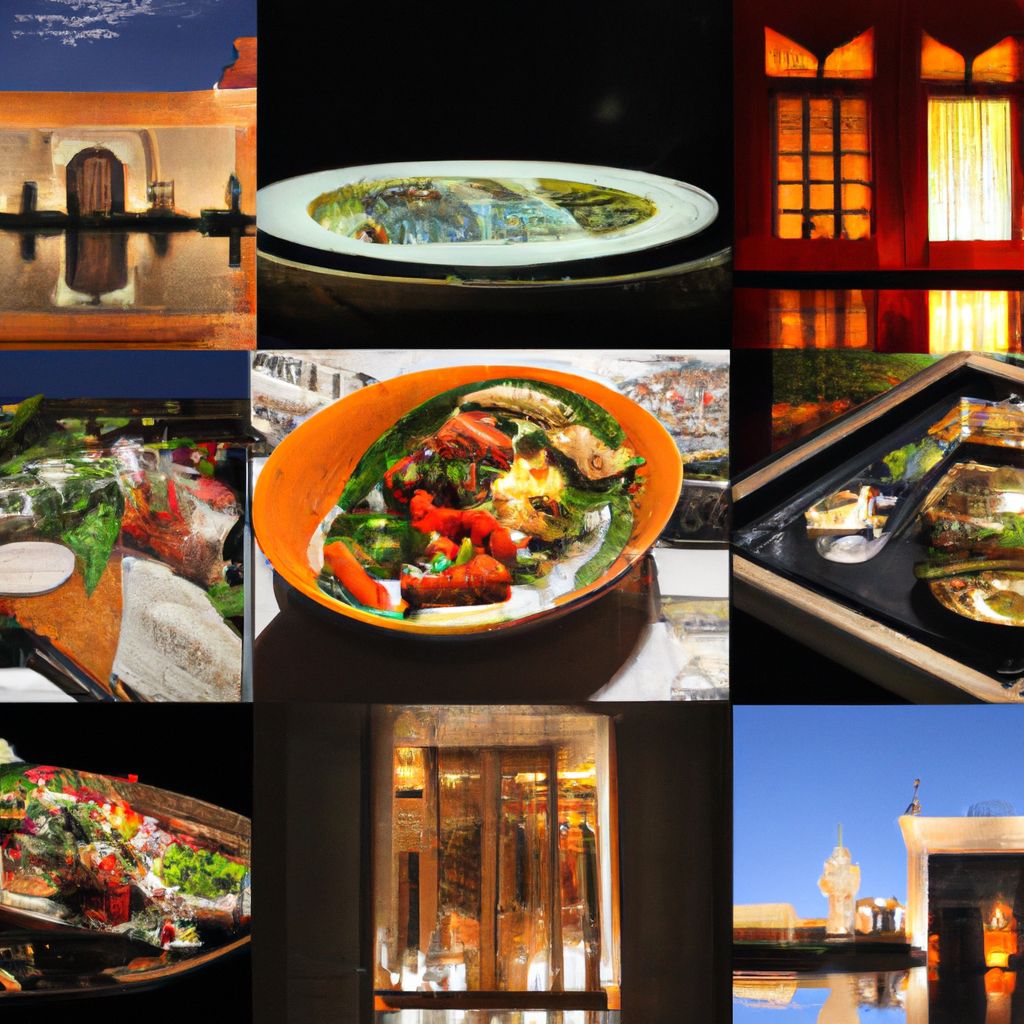
Experiencing fine dining is about more than just the food; it's about the ambiance, the service, and the overall atmosphere of sophistication. The world is filled with exceptional dining experiences, and we're here to shine a light on a few of the most famous ones. Here are some of the renowned fine dining restaurants around the globe that have made their mark for their exceptional food and service.
| Restaurant | Location | Highlight |
|---|---|---|
| Osteria Francescana | Modena, Italy | Three-Michelin-star restaurant run by chef Massimo Bottura, known for its innovative take on traditional Italian cuisine. |
| Eleven Madison Park | New York, USA | Known for its eight to ten course tasting menu focusing on the agricultural bounty of New York and its centuries-old culinary traditions. |
| Mirazur | Menton, France | Located on the French Riviera, this restaurant offers a menu inspired by the sea, the mountains, and the garden. |
| Noma | Copenhagen, Denmark | Four-time winner of the title of World's Best Restaurant, Noma offers an innovative and diverse take on Nordic cuisine. |
| El Celler de Can Roca | Girona, Spain | Run by the Roca Brothers, this restaurant is known for its creative cuisine, based on a commitment towards avant-garde, tradition, and the Mediterranean. |
Each of these restaurants offers a unique dining experience that would make for a memorable culinary adventure. Whether you're a food enthusiast or a chef seeking inspiration, these restaurants are sure to offer an unforgettable gastronomic experience.
Experiencing a Fine Dining Meal: What to Expect
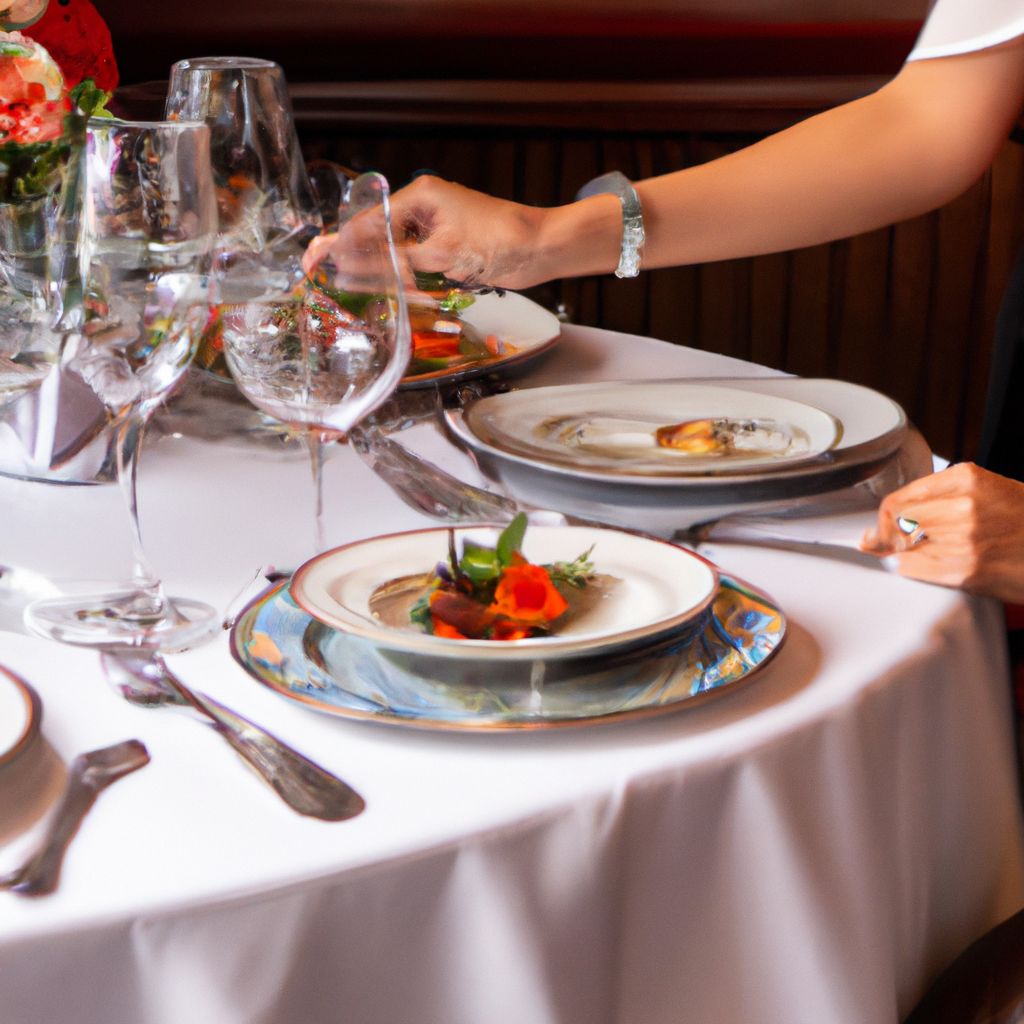
Fine dining is an art form, a blend of exquisite culinary skills, beautiful presentation, and impeccable service. If you've never experienced this type of dining before, you might be wondering what to expect. Here are some key elements that define a fine dining experience:
- Attention to Detail: Fine dining restaurants pay meticulous attention to every detail. From the quality of the table linen to the arrangement of the cutlery, everything is designed to enhance your dining experience. The food presentation is also a work of art, with every dish aesthetically plated to stimulate your visual senses.
- High-Quality Ingredients: Fine dining establishments pride themselves on using the best quality ingredients. You can expect to savour dishes made with fresh, local produce, rare delicacies, and perhaps even some exotic ingredients.
- Exceptional Service: Service in fine dining restaurants is usually top-notch. You'll be attended to by a team of highly trained staff who make sure your dining experience is smooth and enjoyable. From suggesting the best wine pairings to explaining every dish in detail, they are there to enhance your dining experience.
- Unique Menu: Fine dining restaurants often offer unique menus that you wouldn't find elsewhere. The chefs experiment with flavors and techniques to create dishes that are unique and delicious. Expect to find a variety of dishes from different cuisines, each with a unique twist.
- Atmosphere: The ambiance in a fine dining restaurant is usually sophisticated and serene. The lighting, decor, and music are all carefully chosen to create a relaxing and luxurious atmosphere.
Experiencing a fine dining meal is about indulging in and appreciating the finer things in life. It's not simply about eating, but about fully immersing yourself in a memorable culinary adventure.
The Role of Wine in Fine Dining
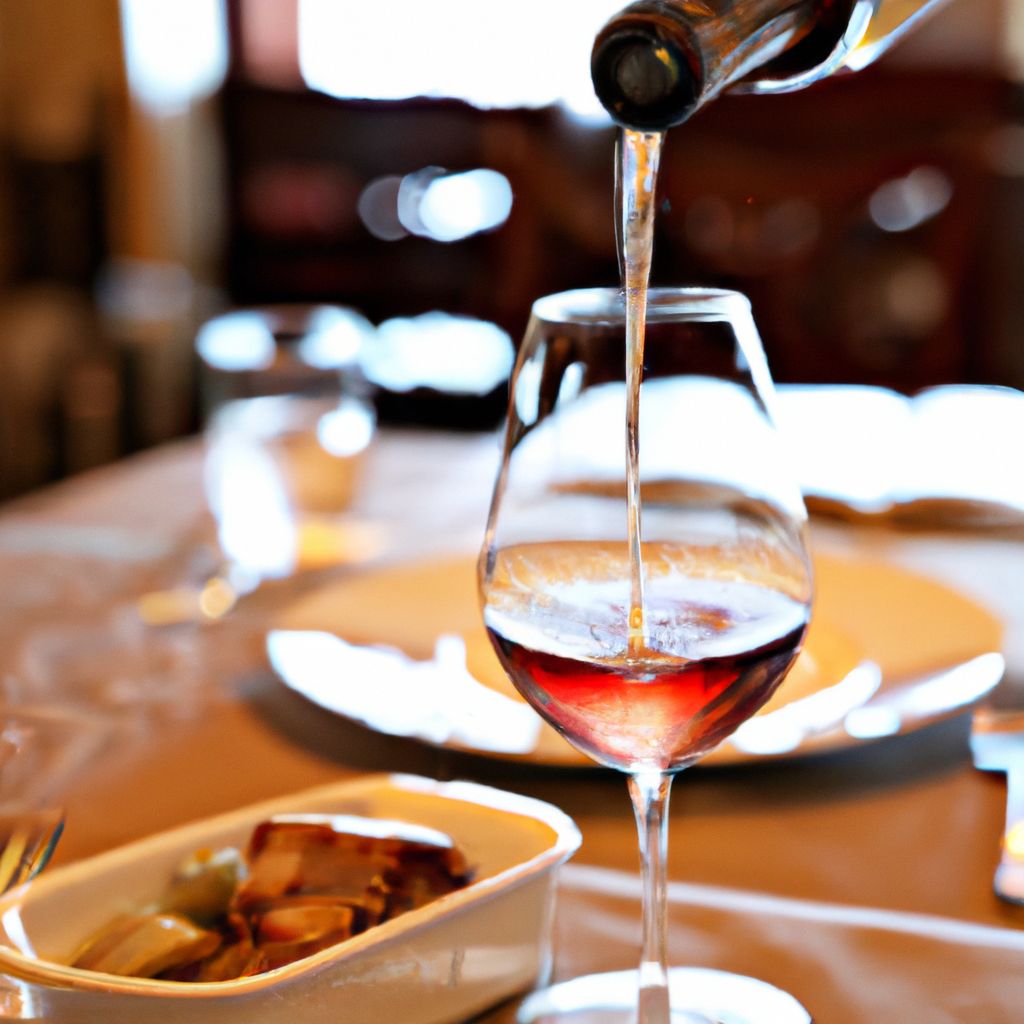
Wine has long been considered an essential element of fine dining, often as significant as the food itself. It serves a unique purpose in enhancing the overall dining experience, elevating the flavor profiles of dishes, and creating a sophisticated ambience. The role of wine in fine dining is multifaceted and deeply intertwined with the culture of gastronomy.
Complementing the Food
One of the primary roles of wine in fine dining is to complement the flavors of the food. Each type of wine, be it red, white, or rosé, has its own set of characteristics that can either contrast or harmonize with the dish at hand. For example, a robust red wine like Cabernet Sauvignon might be paired with a hearty steak to balance the rich flavors, while a light, crisp white wine like Sauvignon Blanc might be paired with seafood or chicken to enhance the delicate flavors.
Setting the Mood
Beyond the culinary aspect, wine also plays a crucial role in setting the mood in a fine dining setting. The act of choosing a wine, uncorking the bottle, and pouring it into a glass can be seen as a ritual that adds to the overall experience. It creates an atmosphere of sophistication and indulgence that is a significant part of the allure of fine dining.
Exploring New Cultures
Wine also offers diners the opportunity to explore different cultures. From the vineyards of France and Italy to the emerging wine regions in South Africa and New Zealand, each bottle tells a story of its origin. This aspect of wine adds an educational dimension to fine dining, allowing diners to travel the world through their taste buds.
In conclusion, wine's role in fine dining is deeply ingrained in the experience. It brings complexity to the flavors of the food, adds an element of ritual and elegance, and offers a window into different cultures and regions. Truly, a fine dining experience would be incomplete without the inclusion of fine wines.
Etiquette in Fine Dining
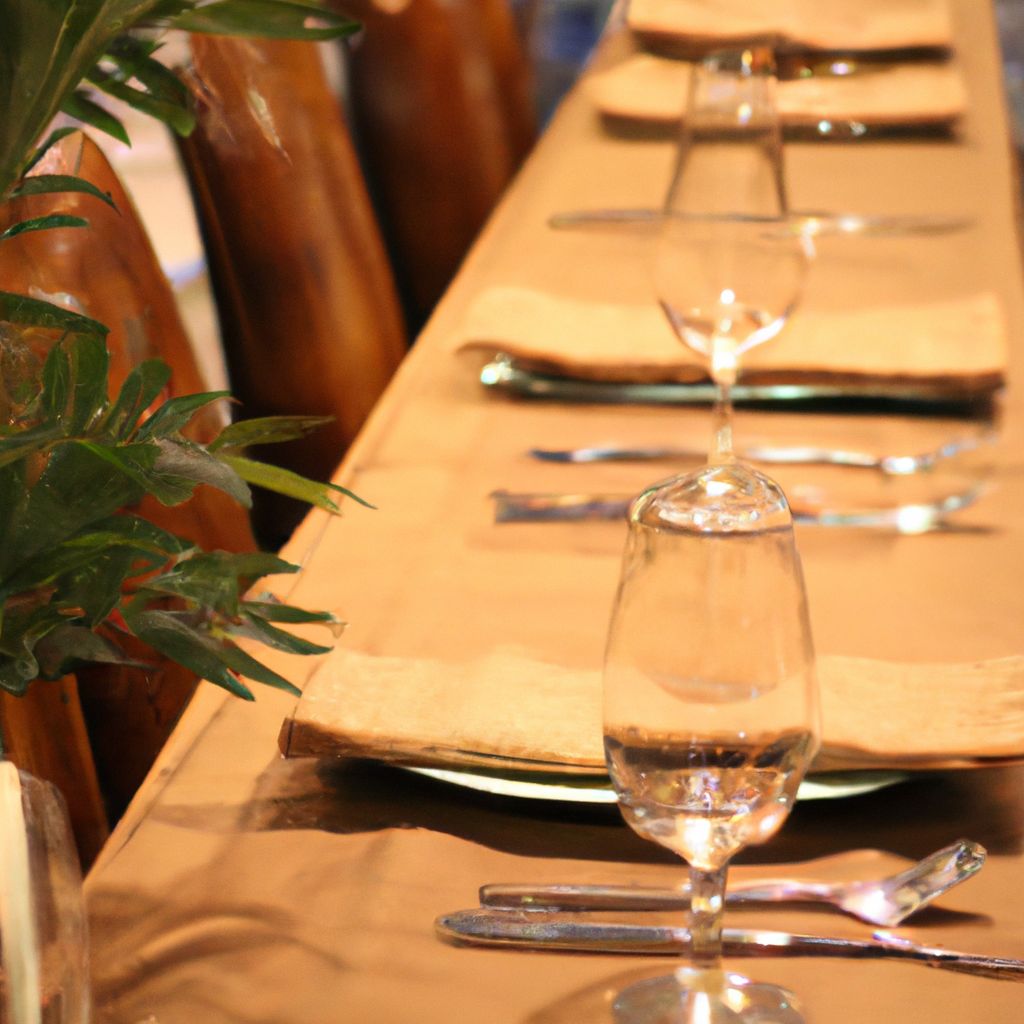
The world of fine dining has its own set of rules and etiquette that can often be overwhelming for a beginner. However, with a little knowledge and practice, you can master the art of fine dining etiquette and enjoy your gourmet adventures to the fullest. Here, we will guide you through some of the key points to remember.
1. Dress Code: Fine dining restaurants often have a strict dress code. It's best to dress in formal or semi-formal attire unless otherwise mentioned.
2. Table Manners: Understanding table manners is crucial when it comes to fine dining. Remember to place your napkin on your lap, use your cutlery correctly, and refrain from placing your elbows on the table.
3. Ordering: In fine dining establishments, it's customary to allow the lady to order first. Also, try not to customize your order too much, as each dish is meticulously crafted by the chef.
4. Wine Etiquette: When it comes to wine, allow the sommelier to guide you. Once the bottle is brought to the table, the sommelier will pour a small amount for you to taste. This is done to check for any faults in the wine, not to see if you like it or not.
5. Tipping: In most countries, it's customary to tip between 15-20% of the total bill. However, some establishments might include service charge in the bill, so make sure to check before tipping.
While these rules might seem intimidating at first, remember that the primary goal of fine dining is enjoyment. So, relax, savor the experience, and let your gourmet adventure begin!
Interviews with Renowned Chefs

In our quest to explore the world of fine dining, we've had the privilege of speaking with some of the most renowned chefs in the industry. Here are excerpts from a few of our enlightening conversations.
Chef Massimo Bottura: "Cooking is a collision of ideas, techniques, and cultures. It's not only about ingredients, recipes, and cooking. It’s about harnessing imagination, empowerment, and creativity."
Chef Julia Child: "You don't have to cook fancy or complicated masterpieces - just good food from fresh ingredients."
Chef Gordon Ramsay: "The pressure of getting it right, that's the art form. The buzz is intense. But the satisfaction is even greater."
Each chef brings their own unique perspectives and philosophies to the table, contributing to the rich tapestry that is the world of fine dining. Stay tuned for more in-depth interviews with these culinary masters.
How to Start Your Own Gourmet Adventures
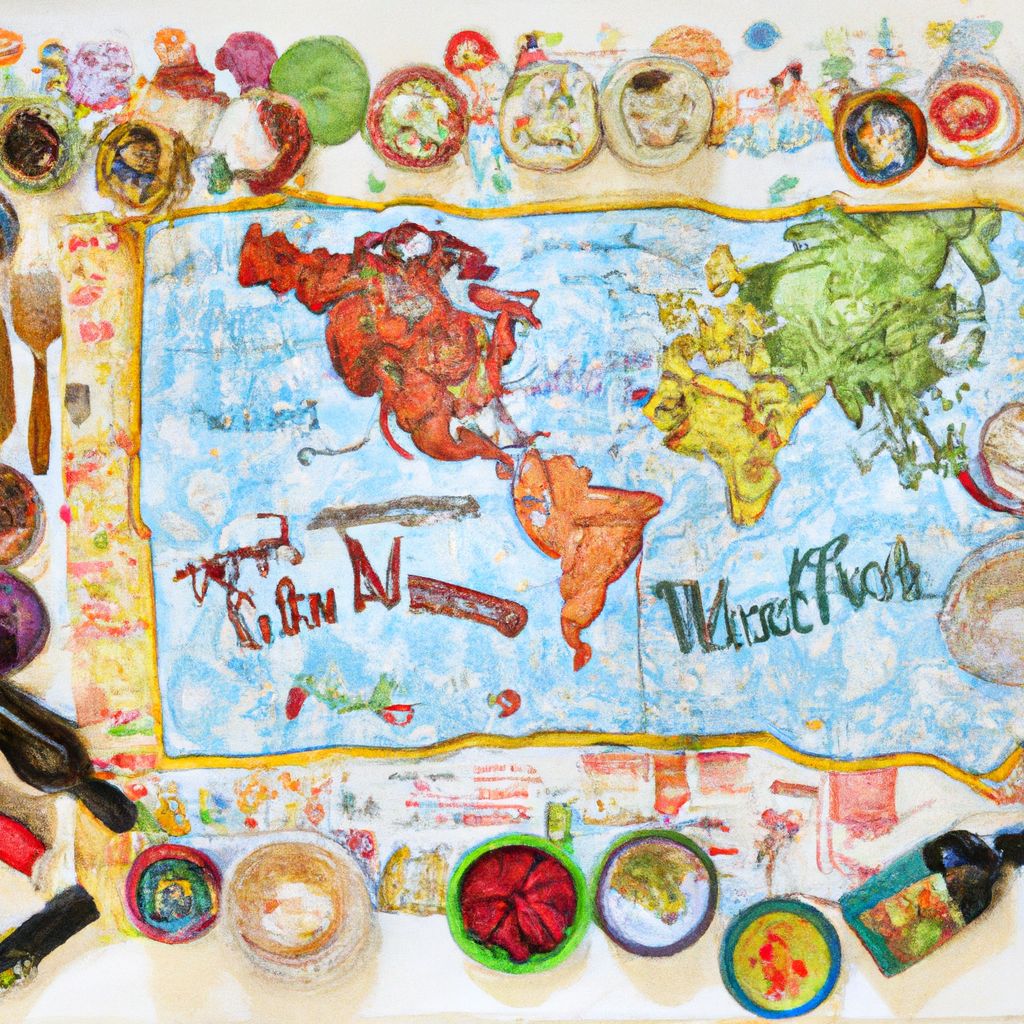
Starting your own gourmet adventure is an exciting journey into the world of fine dining and exquisite cuisine. Here are a few steps to kickstart your gastronomic exploration:
- Expand Your Palate: Try different foods, flavors, and cuisines. Begin with your local restaurants and gradually explore international cuisines. Don't be afraid to try something new.
- Learn About Food: Gain knowledge about various cuisines, cooking techniques, and ingredients. Read cookbooks, watch cooking shows, or take culinary classes.
- Visit Fine Dining Restaurants: Experience the ambiance, service, and food at fine-dining restaurants. Pay attention to the presentation, flavors, and ingredients.
- Travel for Food: Plan trips based on culinary experiences. Visit local markets, try street food, and dine at locally recommended places.
- Document Your Experiences: Maintain a food diary or a blog to record your experiences. Note down the tastes, textures, and aromas. This not only helps you remember your experiences but also improves your culinary vocabulary.
Remember, gourmet adventures are as much about the journey as they are about the destination. Happy exploring!
Conclusion: The Joy of Fine Dining
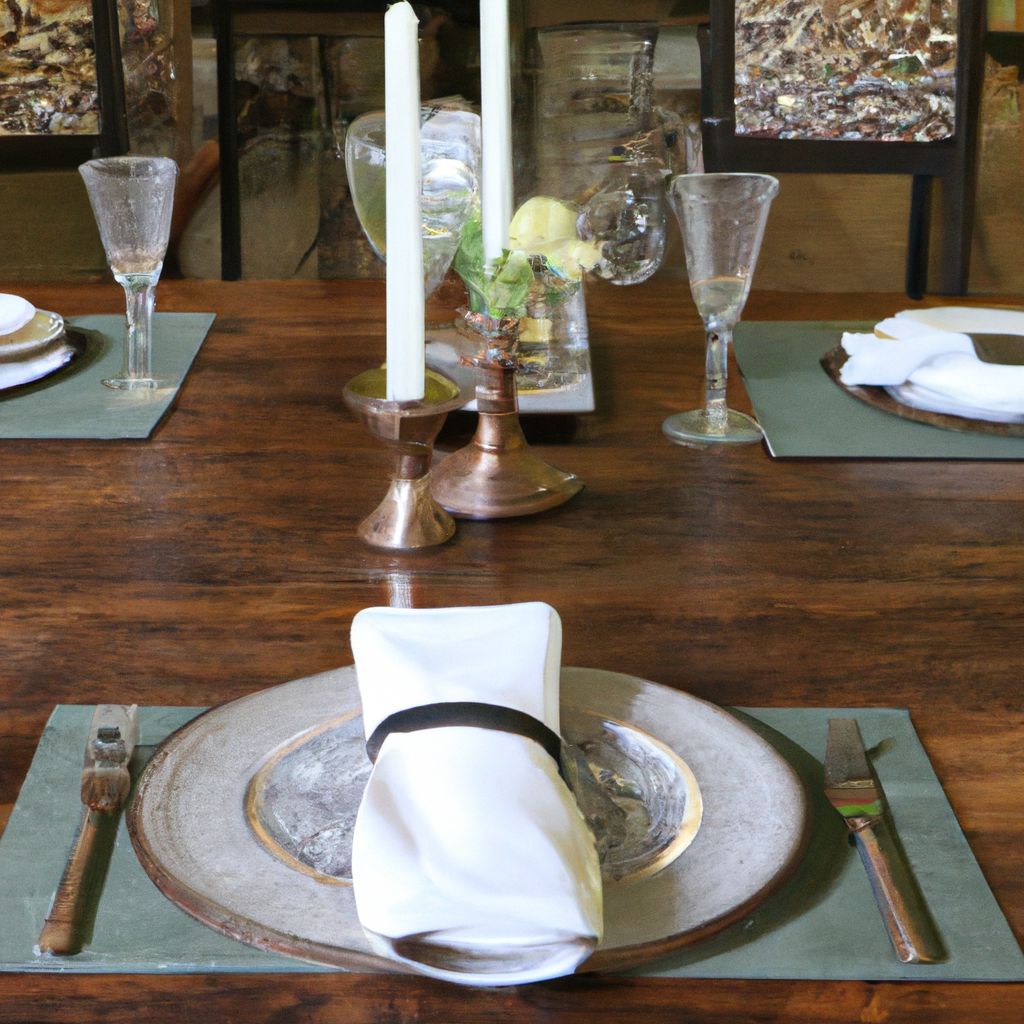
Embarking on a gourmet adventure opens up a world of sensory delights as we explore the realm of fine dining. This journey not only satisfies our culinary cravings but also enriches our understanding of diverse cultures and their unique cuisines. Fine dining is not merely about satiating hunger, but rather it's an immersive experience that celebrates food in all its glory.
The artistry involved in the presentation, the symphony of flavors in each dish, and the meticulous attention to detail in every aspect of the dining experience sets gourmet dining apart from the everyday meal. From the moment we step into a fine dining restaurant, we are transported into a world of culinary excellence.
Whether it's the fresh, locally sourced ingredients, the innovative cooking techniques, or the exemplary service, each element contributes to the overall gourmet experience. The magic lies in how these individual elements come together to create a memorable dining experience that lingers long after the meal is over.
In conclusion, exploring the world of fine dining is a delightful journey of gastronomic discovery. It's an adventure that offers an in-depth understanding of the food we eat, the traditions it represents, and the creativity it inspires. So, here's to more gourmet adventures and the joy they bring!


